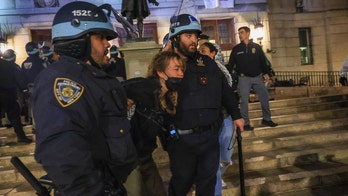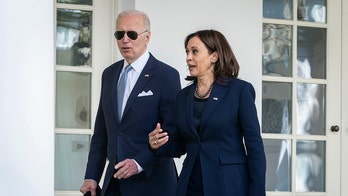The most powerful tool in the wars of the future might just be an equation.
Researchers from the University of Miami and other institutions claim to have found mathematical patterns in the behavior of insurgencies that can help predict future attacks.
The findings were published in the journal Nature last month. For the study, researchers examined 54,000 attacks across nearly a dozen wars in countries ranging from Iraq to Colombia.
"The sizes and timing of violent events within different insurgent conflicts exhibit remarkable similarities," they found.
Neil Johnson, study co-author and physics professor at the University of Miami, said the researchers found a pattern to the way insurgents form and break up and the way they spread out deadly attacks.
Less deadly attacks occur far more frequently than deadly ones, which may seem obvious. But the researchers found that the ratio of deadly attacks to less deadly attacks is fairly constant across all modern wars.
"They're not random," Johnson told FoxNews.com. "It's the same for all of these different wars."
He compared the calibrated chaos of insurgent warfare to the financial markets. As with traders on the stock market, he said, insurgents are making decisions timed for maximum impact.
"They're all trying to look for the opportunity, and there's a tendency to ration at the same time," he said.
Johnson said the model he and other researchers are developing can't predict any attacks with absolute certainty but can pinpoint "pockets of predictability," even down to the day.
Researcher Sean Gourley, in an interview with the non-profit TED, where he was a fellow, said the findings could be used to predict the size, distribution and timing of future insurgent attacks.
"From this we can predict the likelihood of an attack occurring in a particular region or neighborhood during a specific time window," he said.
He said the research could be used to "test" different war strategies in simulation before they are implemented. He also said it could be used to look for "early signs" of a potential war.




